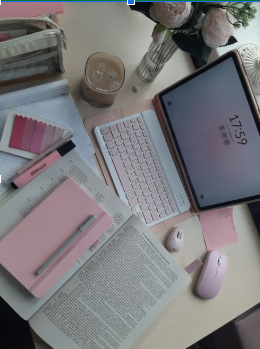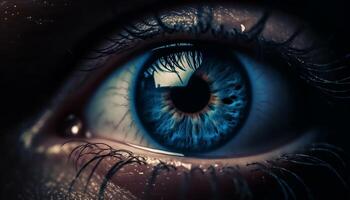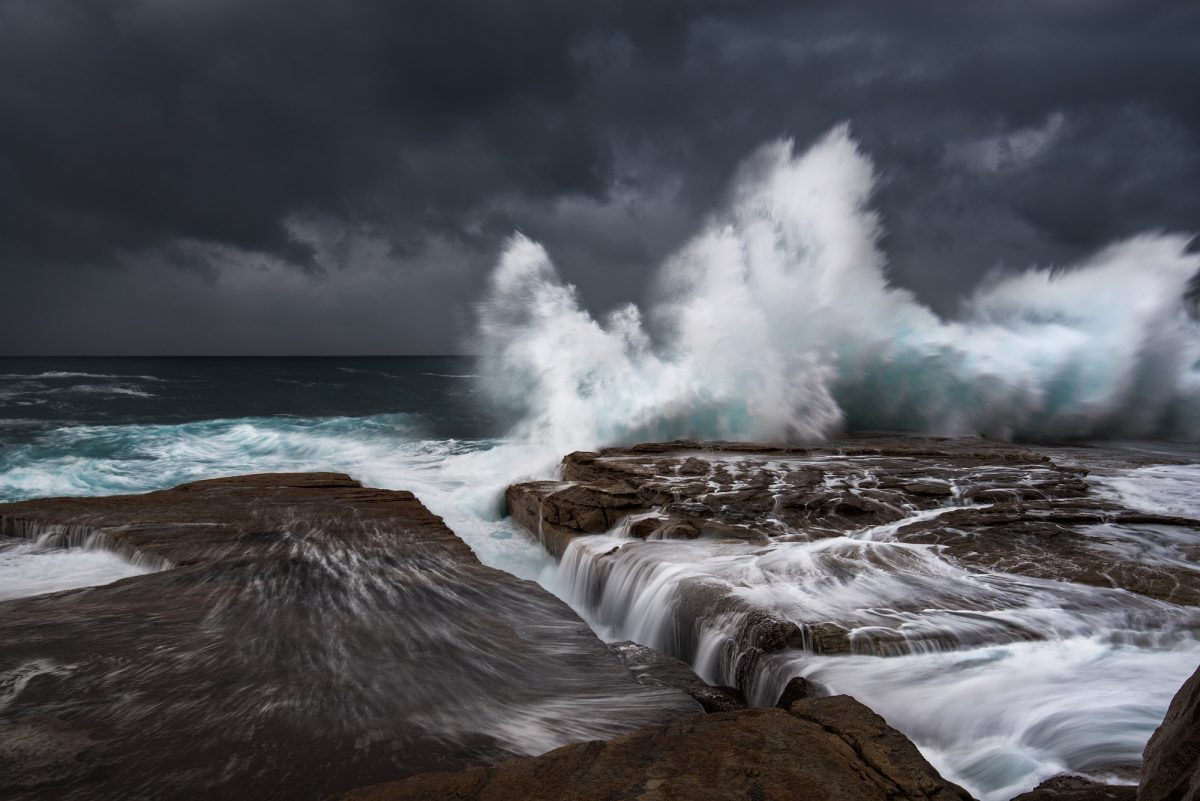“The Perils of Mask-ne”
February 12, 2021
I vividly remember my first encounter with acne. One morning before school, I, a scrawny 6th grader, arose from my bed to brush my teeth when I saw it glaring back at me. My first pimple. The audacity. I did everything I could to cover it, to disguise it from the world, and I experienced a great wealth of release when it eventually cleared and faded into nothing. Little did I know, this would only be the beginning of my recurring tug of war with acne, one that I still deal with to this day. At this point, I could probably tell you the name of every dermatologist in all of Nassau County. I could name every topical, every tool and every antibiotic, every single concealer that exists on the market. I have had my acne wins and my acne losses, but my greatest struggle as a teenager with acne has been dealing with the insecurity that it causes. There have been many societal acceptance movements: body positivity, natural hair acceptance, fashion and gender expression, but I rarely see the normalization of acne. Acne is still displayed as a product of bad hygiene, something you can erase by mere face washing, but it goes much deeper than that. Acne can be caused by a plethora of catalysts: hormonal imbalances(why I break out), dietary reasons, seasonal dryness, and one that has become more prominent as of recent, outside irritation from your face covering. As a self proclaimed dermatological aficionado, I am here to introduce you to “mask-ne”: what it is, why it’s happening, what you can do to prevent it, and why it shouldn’t take over your life.
What is “Mask-ne”?
The medical term for what we call “mask-ne” is acne mechanica, and it can occur when an outside source rubs/creates irritation on the outer layer of your skin. Prior to the pandemic, this acne type was seen primarily in athletes, who would have to perform strenuous activities in restrictive equipment for long periods of time. This creates a breeding ground for acne, as the combination of the humidity and friction can cause pores to become clogged with sweat, oil, etc. A similar situation is created through mask-wearing, many dermatologists have noticed. “Mask-ne is acne formed in areas due to friction, pressure, stretching, rubbing or occlusion,” Nazanin Saedi, MD, a board-certified dermatologist at Thomas Jefferson University, explained to Health Magazine. “You can see it in the areas covered by the mask and also the areas where the mask and face shields touch the skin.” So, chances are, if you’ve been wearing your mask and you’ve been noticing some new breakouts, you may be dealing with mask-ne.
How Can We Prevent It?
The most frustrating thing about acne in general is that there is no one-size-fits-all approach that will eradicate it completely. Different treatments often work for different people, but there are a few universal tips that should help to begin to ease your situation.
- Washing Your Masks: If you wear a cloth mask on the daily, experts recommend that you wash it every single night. You should hand wash it with unscented hypoallergenic laundry detergent, and allow it to dry completely before you put it on again. Having a rotation of different masks can help with this process. If you wear disposable masks, they should be thrown away after every use.
- Continue Your Skincare Regimen: Being in a pandemic and all, it can often be a challenge to stick to things previously in our everyday routine. However, by continuing basic hygiene practices like daily and nightly skincare, we are not only decreasing our chances at developing more mask-ne, we are providing a small constant in our lives that is key to maintaining good mental health. US Navy Admiral William McRaven writes about these small accomplishments in his bestselling book “Make Your Bed”, where he argues that maintaining daily routines set you up for more productive days, and also allow you to realize the importance of the little things in your life. Start by washing your face with a mild, non abrasive cleanser. Cerave makes ones specifically formulated for gentle cleansing. Use any prescribed topicals or serums next, and always finish up with the light moisturizer. My personal favorite is Neutrogena’s Hydroboost, it contains hyaluronic acid which helps to lock in moisture, and it is non-comedogenic, meaning it will not clog pores.
- Skipping The Make-up: While many of us may feel that makeup is something we cannot do without, wearing makeup with a mask is a setup for a dermatological disaster! Wearing makeup under your mask can both clog new pores and prevent healing, so applying makeup only to areas not covered by a mask may be your best bet(don’t worry, no one can see it anyway!) If you absolutely must apply a full face of makeup, ensure your products are labeled “non-comedogenic.”
- Wearing the Right Types of Masks: If you are dealing with mask-ne, the problem may lie in the type of face covering you are wearing. The American Academy of Dermatology Association suggests that you look for a face mask that meets these three qualifications:
-
- A snug, but comfortable fit
- At least two layers of fabric
- Soft, natural, and breathable fabric on the inside layer that rests against your skin
While wearing a snug-fitting mask is favorable in protecting yourself from the coronavirus, it also has a plethora of dermatological pros. For instance, if a mask is too tight on your skin or if it slips and slides on your face, it can irritate your skin and cause breakouts. Wearing a correct-fitting mask also makes you less inclined to touch your face, which can transfer germs to your skin and also cause mask-ne. Furthermore, synthetic fabrics like nylon or polyester can irritate your skin, so opt for masks lined with cotton instead.
5. Taking Mask Breaks: It is recommended by the CDC that you remove your face covering for 15 minutes every 4 hours to give your skin a break. However, this should only be done in a scenario where you can practice physical distancing from others, and it is vital that you sanitize your hands before removing your mask.
The Sum and Substance
While acne is an inconvenient occurrence, it is important to prioritize the current situation we are in rather than the appearance of your skin. Mask-ne should not become your excuse to not wear a mask. Mask wearing is our most controllable defense against Covid-19, and in order to make meaningful progress in slowing the spread, we must continue to listen to science and the opinions of experts. If you know you could possibly save lives by wearing masks, why wouldn’t you? And if they are proven to have less of a preventative effect, how horrible is it to simply have to wear a piece of cloth? Act responsibly, wear your mask, and take care of yourself and your skin in order to keep mask-ne at bay. And remember, as bad as you may think your skin to be, no one else is looking that closely. At least they shouldn’t be, six feet apart!!































Emily McLaughlin • Feb 26, 2021 at 7:42 am
Loved this article! Great job Maddy <3